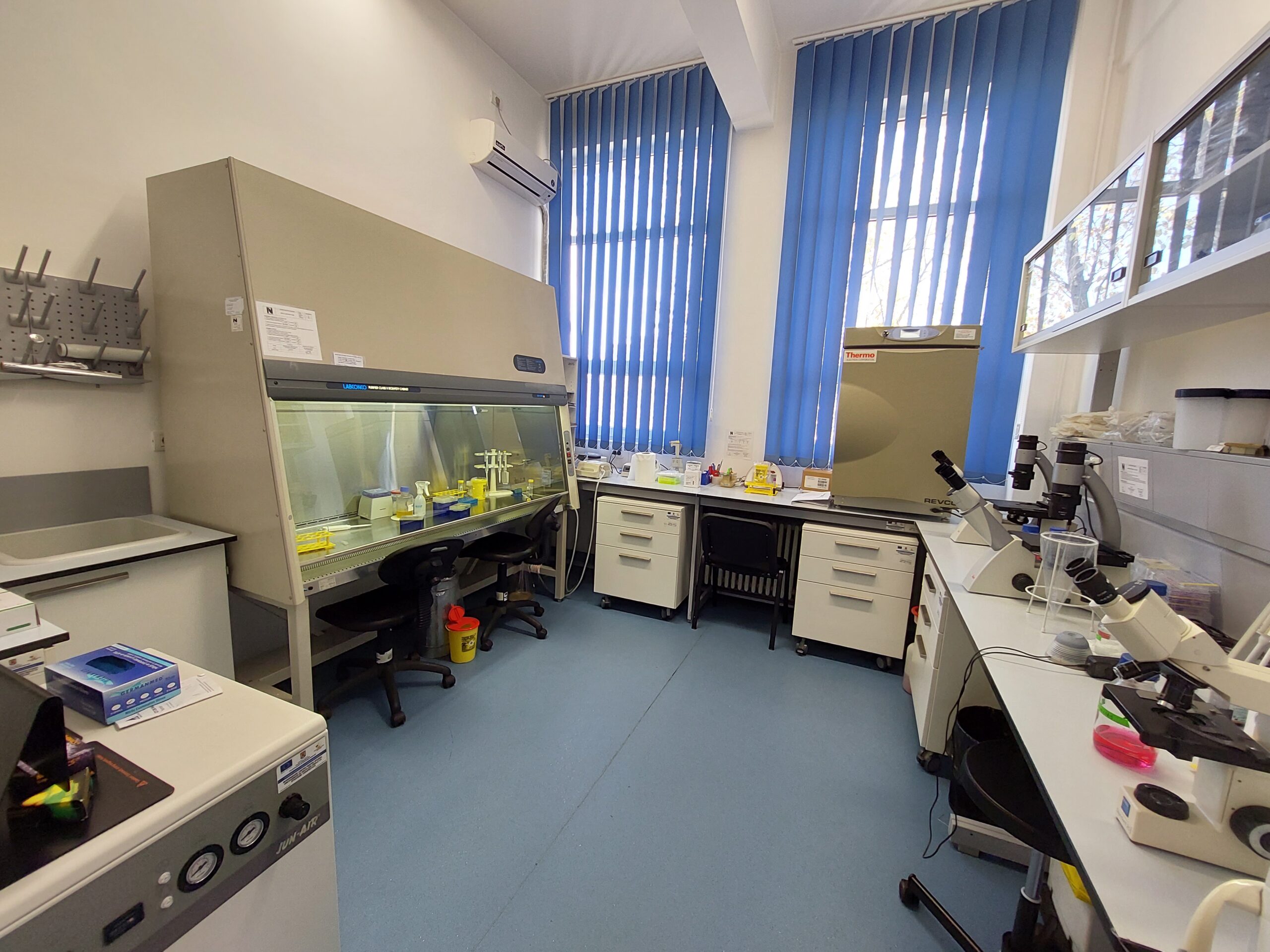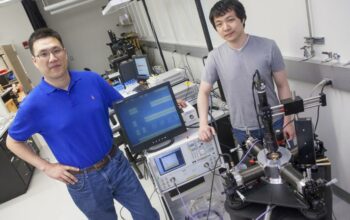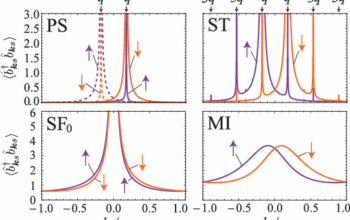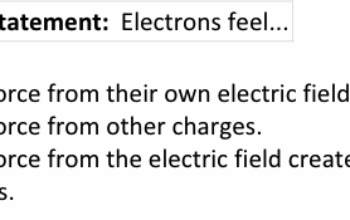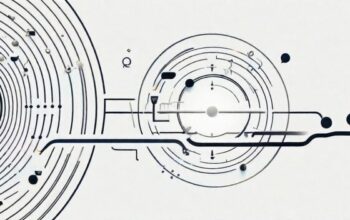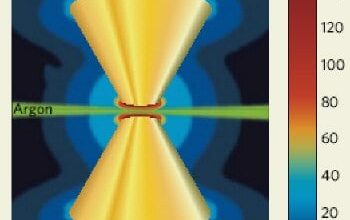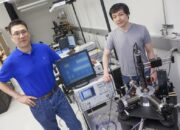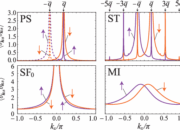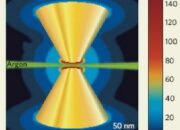The quest for universality in the realm of physics is not solely confined to its principles or applications; it extends into the environment where scientific inquiry takes place. A fundamental paradigm shift is necessary to cultivate a lab culture that is explicitly inclusive of females. This discourse elucidates an array of strategies aimed at fostering a female-friendly lab culture, emphasizing the importance of creating a conducive environment that not only encourages participation but also nurtures the ambitions of female physicists.
To begin, it is imperative to recognize the historical context in which female physicists have operated. Despite notable breakthroughs, women in physics have frequently confronted systemic barriers—ranging from implicit biases that permeate research communities to the overt absence of mentorship opportunities. Consequently, a thoughtful and systematic approach is essential to dismantle these obstacles. By implementing structural, cultural, and behavioral changes, institutions can ignite a renaissance of participation among females in the field of physics.
One prominent strategy involves reevaluating recruitment practices. The rigors of academia often prioritize certain profiles based on traditional measures of merit, which can inadvertently disenfranchise women. To counteract this inequity, it becomes paramount to eschew homogenous heuristics in hiring and graduate admissions. Adopting criteria that appreciate diverse experiences and skills rather than merely quantifiable achievements can yield a cadre of applicants from varied backgrounds. Furthermore, utilizing blind recruitment techniques can diminish the influence of biases, enhancing the representation of women in laboratories and research teams.
Moreover, mentorship programs hold the potential to assuage feelings of isolation and promote professional development. Establishing formalized mentorship initiatives that connect early-career female students and researchers with established female physicists not only facilitates knowledge transfer but also cultivates a sense of belonging within the scientific community. These relationships can provide indispensable support, offering guidance through the complexities of academic navigation and fostering networking opportunities that might otherwise be inaccessible.
Cultural competency within the lab is another essential element in promoting a female-friendly atmosphere. Diversity training for all lab members can foster an understanding of the significance of inclusivity. Recognizing the varied perspectives that women bring to the field aids in constructing a conducive space for collaboration. Developing a culture that genuinely values contributions from all members permits varying viewpoints on experimental design and problem-solving methodologies. Engaging in discussions regarding the historical exclusion of women can galvanize lab members towards collective accountability and active participation in such cultural shifts.
Additionally, the physical layout of laboratories warrants consideration. Often, lab environments are designed with a particular demographic in mind, typically male, which may inadvertently create an unwelcoming atmosphere for female physicists. Reconfiguring lab spaces to promote inclusivity is paramount. This may involve optimizing communal spaces that encourage dialogue and interaction, as well as ensuring that private spaces are available for individuals who may require room for focus or reflection. Ergonomic considerations should also be factored in—such as accessibility of apparatus and resources, which can significantly influence comfort and efficacy in the scientific process.
Agenda-setting within research teams also plays a critical role. The way in which projects are conceptualized, proposed, and executed can either empower or inhibit researchers. It is vital that female physicists are given prominent roles when defining research questions and methodologies. Elevating their voices ensures that research agendas are not only representative but also enriched by diverse insights that can lead to innovative outcomes. An inclusive decision-making process paves the way for collective ownership and accountability, reinforcing a sense of agency among team members.
Informal networks also contribute to crafting a comprehensive support system that encourages female engagement in physics. These networks can emerge organically—through social gatherings, workshops, or conferences—where individuals share experiences, ideas, and resources. Formalizing such networks by creating women-in-physics societies can fortify these bonds. Such entities have the potential to organize events that celebrate accomplishments, discuss challenges, and champion female physicists, thereby dismantling the isolation often experienced by women in male-dominated spaces.
Moreover, work-life balance is a critical consideration for promoting a female-friendly lab culture. Many women pursuing careers in physics juggle multiple responsibilities, often with familial obligations. Labs should prioritize flexible working arrangements that accommodate these realities. Creating policies that permit remote work, adjustable hours, or sabbaticals can alleviate undue stress and promote well-being. By fostering an environment where personal obligations are understood and respected, laboratories can enhance job satisfaction and the retention of female scientists.
Lastly, the dissemination of research findings should extend beyond the storied annals of academic journals. By actively seeking to communicate their work in public forums, such as community outreach and educational initiatives, female physicists can elevate their visibility. Engaging with broader audiences not only enriches public understanding of physics as a discipline but also serves as inspiration for future generations of female scientists.
In conclusion, developing a female-friendly lab culture requires a multifaceted approach encompassing recruitment, mentorship, cultural competency, and environmental considerations. By intentionally cultivating an inclusive atmosphere, institutions can diminish barriers and foster robust participation of women in physics. The advancement of knowledge in this discipline hinges on diverse contributions, which demand that labs evolve to become more welcoming spaces for all. It is through these transformative practices that the future of physics will mirror the rich tapestry of society itself.
